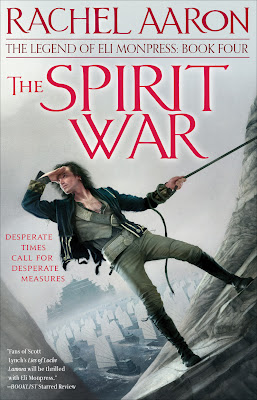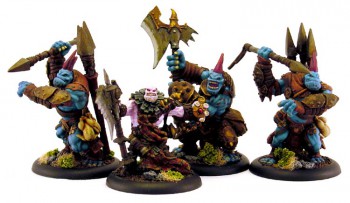Musing on Villainy
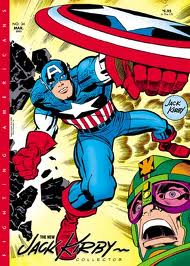 I’m a writer, not a psychotherapist. As an adventure writer, though, I spend an awful lot of time thinking about heroism and villainy. I think that we forget too easily that real heroes exist as well as real villains. We remember the underwear bomber, but how many of us recall the name of the Dutch man who leapt from several rows back to take him down? In the aftermath of the attack on Congresswoman Giffords, we heard courageous tales of people throwing themselves in front of their friends and loved ones to protect them. Many of them died when they did so. As the events unfold after this most recent tragedy, we are certain to learn of people in the cinema who risked or even sacrificed their lives for their friends and loved ones. We know already that policemen risked their lives to advance into who knew what to find and stop the man (or men – they didn’t know) who had committed this horrible crime.
I’m a writer, not a psychotherapist. As an adventure writer, though, I spend an awful lot of time thinking about heroism and villainy. I think that we forget too easily that real heroes exist as well as real villains. We remember the underwear bomber, but how many of us recall the name of the Dutch man who leapt from several rows back to take him down? In the aftermath of the attack on Congresswoman Giffords, we heard courageous tales of people throwing themselves in front of their friends and loved ones to protect them. Many of them died when they did so. As the events unfold after this most recent tragedy, we are certain to learn of people in the cinema who risked or even sacrificed their lives for their friends and loved ones. We know already that policemen risked their lives to advance into who knew what to find and stop the man (or men – they didn’t know) who had committed this horrible crime.
Yet it is the villain whose face we continue to see whenever these tragedies are discussed upon the news.
These days we seem constantly to be facing tales of an angry young man with a gun. Or eight guns, and plans that are inevitably more ambitious than the horror that catapults them into the limelight. Sometimes we hear that they were loners, and were quiet but pleasant enough. Former friends will be found by journalists, and they’ll speak in disbelief and tell us how they would never have thought it would happen… although sometimes we hear of an acquaintance who’d been afraid one day this particular individual would snap, and nobody did anything about it. I don’t know which is more frightening.
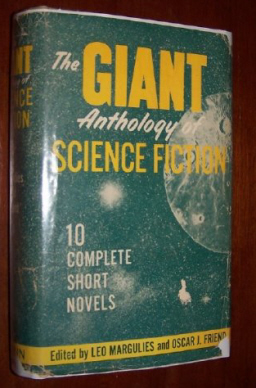


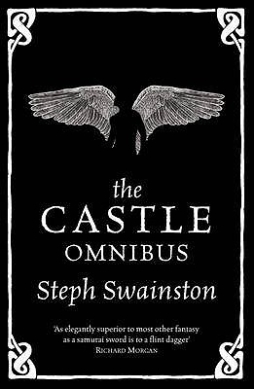 Almost exactly a year ago,
Almost exactly a year ago, 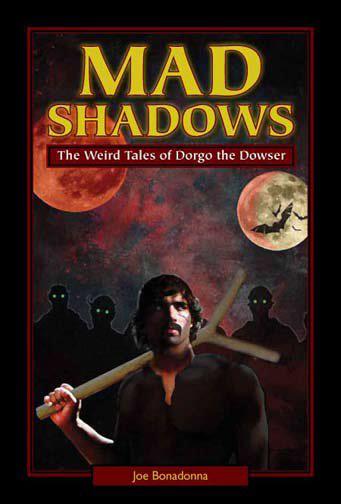
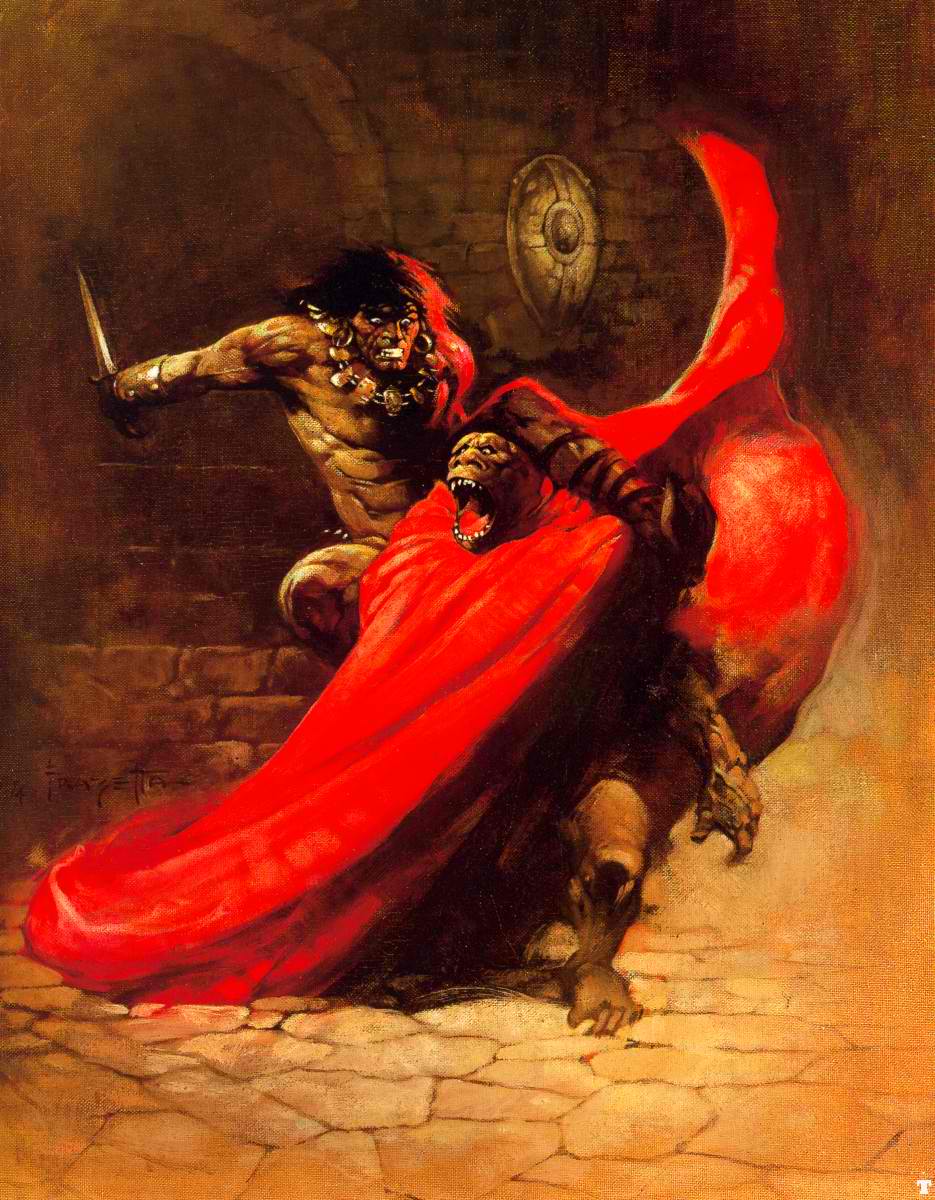
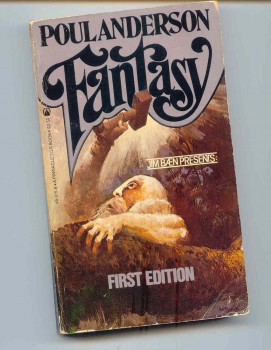 I’ve always enjoyed fantasy fiction in the short form. In an age when a typical series stretches seven-plus doorstopper-sized volumes without the guarantee of an actual ending, it’s refreshing to take a quick dip into the pool of the fantastic rather than committing to a read akin to a trans-Atlantic journey in the age of sail.
I’ve always enjoyed fantasy fiction in the short form. In an age when a typical series stretches seven-plus doorstopper-sized volumes without the guarantee of an actual ending, it’s refreshing to take a quick dip into the pool of the fantastic rather than committing to a read akin to a trans-Atlantic journey in the age of sail.